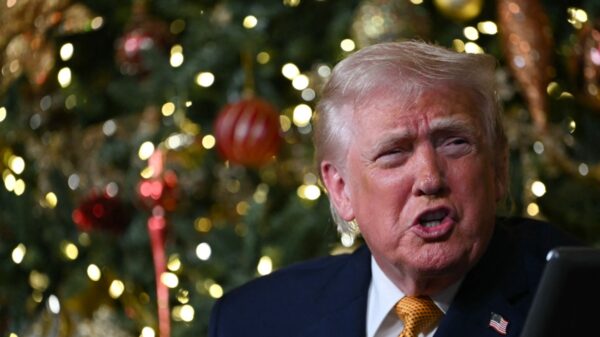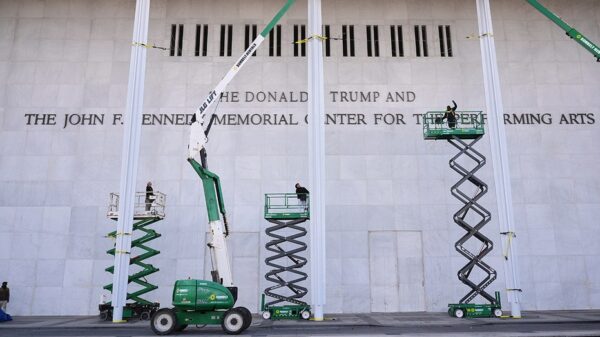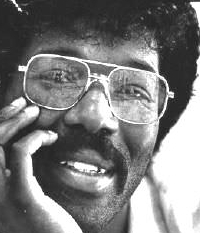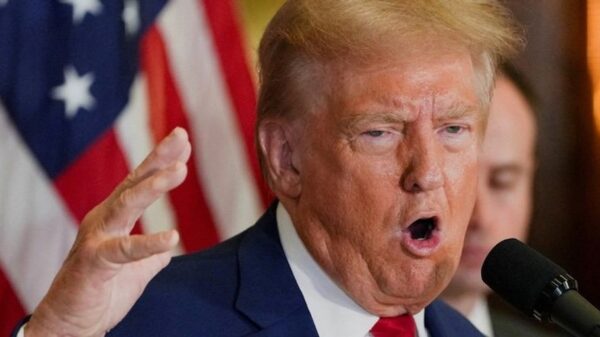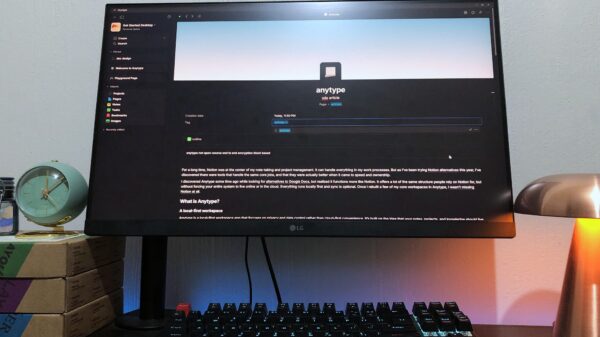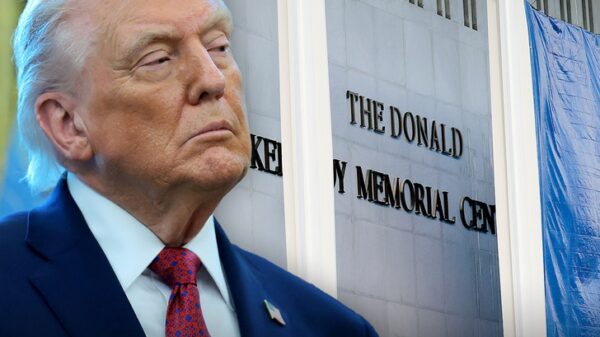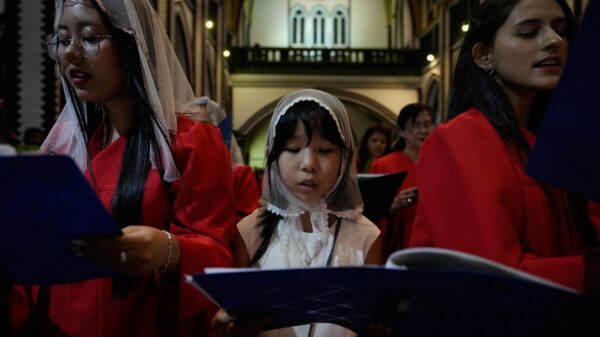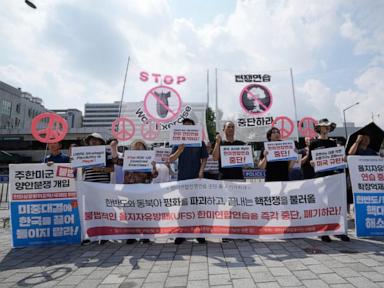South Korea and the United States commenced their annual large-scale military exercises on August 14, 2023, designed to enhance readiness against potential threats from nuclear-armed North Korea. The 11-day exercise, named Ulchi Freedom Shield, involves approximately 21,000 soldiers, including 18,000 South Koreans, and focuses on computer-simulated command post operations and field training.
The drills, characterized by the allies as defensive in nature, have elicited strong reactions from North Korea. Pyongyang has warned that such exercises could escalate regional tensions and has vowed to respond to “any provocation” against its territory. North Korean Defense Minister No Kwang Chol criticized the drills, asserting they reflect a stance of “military confrontation” and asserting that North Korean forces are prepared to counteract any perceived aggression.
Political Context and Regional Tensions
The timing of the Ulchi Freedom Shield exercises is significant, coinciding with increasing tensions on the Korean Peninsula. South Korea’s newly elected President Lee Jae Myung is set to engage in talks with U.S. President Donald Trump on August 25, 2024, amid concerns over the future of the U.S.-South Korea alliance. Trump has previously hinted at potential changes to this longstanding alliance, including demands for higher financial contributions from South Korea for the maintenance of American troops stationed in the country.
Tensions remain heightened as North Korea rebuffs Lee’s calls for renewed diplomatic engagement. The relationship between the two Koreas has deteriorated in recent years, particularly as North Korean leader Kim Jong Un has accelerated weapons development and sought closer ties with Russia following its invasion of Ukraine. Lee emphasized the need for “the courage to steadily take steps toward easing tensions” during a Cabinet meeting on the day the drills began.
South Korea also initiated a four-day civil defense drill on the same day, involving thousands of public workers, typically scheduled alongside the military exercises. This initiative highlights the ongoing efforts to prepare for potential emergencies.
Historical Context and Future Implications
The Ulchi Freedom Shield drills are the second major military exercises held annually by the U.S. and South Korea, following another set of drills in March. The previous conservative administration in South Korea expanded military exercises in response to North Korean threats, which included a series of missile launches. In contrast, Kim has since renounced long-term reconciliation goals, branding the South a permanent enemy in the revised North Korean constitution.
In a recent message directed at Pyongyang, Lee expressed intentions to restore a 2018 inter-Korean military agreement aimed at reducing border tensions, urging North Korea to engage in rebuilding trust and reviving dialogue. The original agreement established buffer zones to minimize conflicts but was suspended by South Korea in 2024, citing North Korea’s provocative actions.
When questioned about the potential impact of restoring the military agreement on ongoing drills, South Korea’s Defense Ministry confirmed that there are no immediate plans to alter live-fire training exercises near the disputed western maritime border. While some of the original 44 field training programs were postponed to September, U.S. military officials dismissed speculation that this was an attempt to make room for diplomacy with North Korea.
As discussions about the future of the alliance continue, there are indications that the relationship between South Korea and the United States may evolve. Experts have noted that the restructuring of the alliance could shift responsibilities, with South Korea potentially taking a more active role in addressing North Korean threats while the U.S. focuses on its strategic interests in the Asia-Pacific region.
In a recent media interaction, General Xavier Brunson, commander of U.S. Forces Korea, highlighted the necessity to “modernize” the alliance to confront the changing security landscape, which includes North Korea’s advancing nuclear capabilities and its growing partnership with Russia, as well as concerns related to China’s influence in the region.










